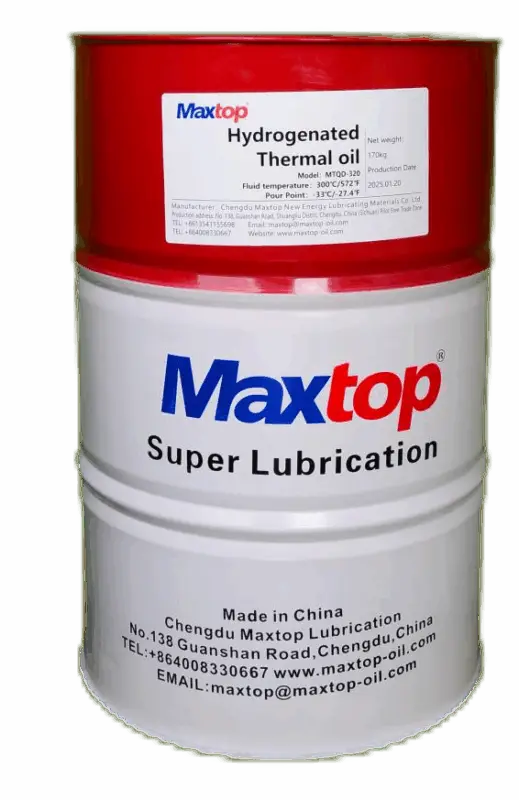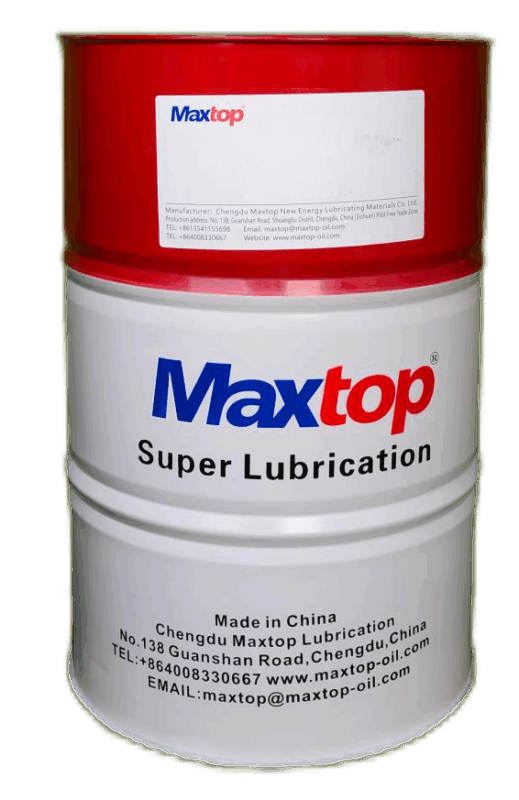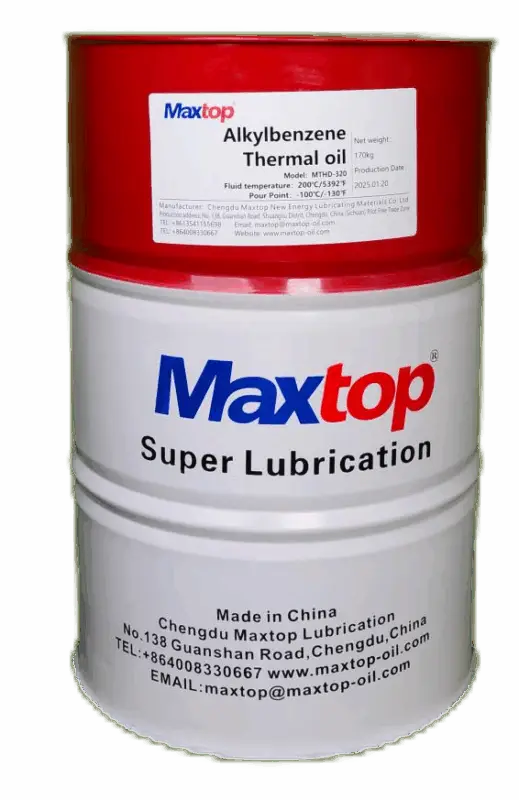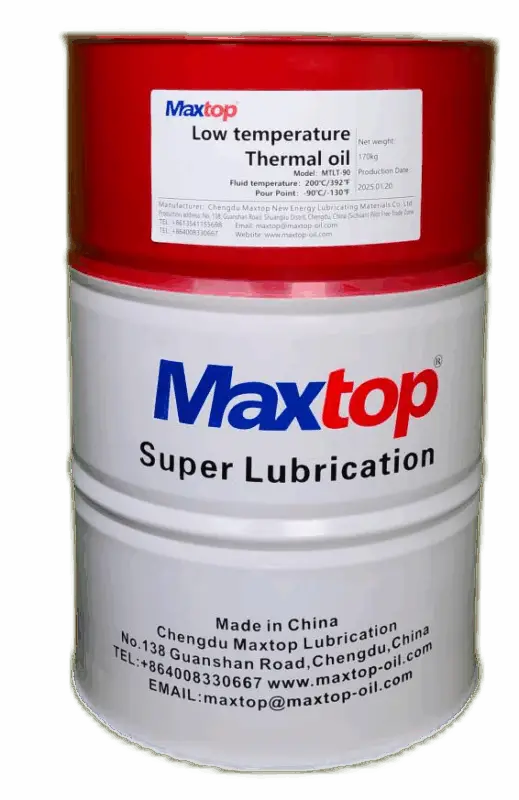🔥 Common Causes of Heat transfer fluid Boiler Fires and How to Prevent Them
In recent years, there have been an increasing number of fire incidents involving heat transfer fluids in industrial facilities, particularly in systems that use heat transfer fluid boilers. These accidents often lead to equipment damage, production downtime, and, in severe cases, property loss or personal injury. So, what causes fires in these systems—and more importantly—how can we prevent them?
🏭 Common Applications of Heat Transfer Fluids
Heat transfer fluids are used in a variety of indirect heating systems across multiple industries. They are ideal for high-temperature operations where precise temperature control is needed, and they don’t require high pressure, making them both safe and efficient.
| Equipment Type | Typical Applications |
|---|---|
| Heat Transfer Fluid Boilers | Central heat source in industrial systems |
| Reactor Jackets | Chemical, pharmaceutical, and food processing |
| Drying Ovens / Rollers | Paper, textile, printing, wood, coating lines |
| Mold Temperature Controllers | Injection molding, die casting |
| Calendering & Extrusion Systems | Plastic films, rubber sheets |
| Evaporators & Distillation Units | Food and fine chemical processing |
| Heat Exchangers | Heat transfer between media |
With such widespread use, malfunction or mismanagement of heat transfer fluid systems can pose serious fire risks.
🚨 What Causes Heat Transfer Fluid Fires?
-
Poor-Quality Heat Transfer Fluid
Low-quality fluids tend to break down quickly under heat. As they degrade, carbon deposits form, especially at the bottom of boilers or in areas with low flow. These deposits can overheat and ignite the fluid, which may lead to explosions.
-
Faulty Heat Transfer Fluid Boilers
Even with high-quality fluid, poorly maintained or low-quality boilers can be dangerous. Prolonged exposure to high temperatures may cause gauges to fail, pipes to crack, or pressure components to rupture, leading to fires or explosions.
-
Overheating
Operating the system beyond the heat transfer fluid’s maximum allowable temperature causes rapid degradation and vaporization. This can block pipes or overheat heater tubes, increasing the risk of fire.
-
Auto-Ignition Due to Fluid Vapor
When fluid leaks and reaches its auto-ignition temperature, it can spontaneously combust if it comes into contact with air. If vapors accumulate and aren’t properly ventilated, the mixture of oil, air, and temperature becomes explosive.
🔥 High-Risk Areas in Heat Transfer Fluid Systems
| High-Risk Area | Common Issue | Fire Risk |
|---|---|---|
| Expansion Tank (Header Tank) | Low fluid levels, overheating | Fluid vapor may ignite when in contact with air |
| Flanges / Valves | Loose fittings, poor seals | Leaks onto hot surfaces |
| Welded Joints / Pipelines | Poor welding or low-quality materials | Leaks under high heat/pressure |
| Heater Tubes | Carbon buildup, hotspots | Wall failure and combustion of fluid |
✅ How to Prevent Fires in Heat Transfer Fluid Systems
✔ Use High-Quality Heat Transfer Fluid
Choose fluids with superior thermal stability and oxidation resistance. Regularly test the fluid to detect signs of degradation or contamination before problems arise.
✔ Install Certified Equipment
Make sure the heat transfer fluid boiler and components meet safety standards. Use high-temperature-resistant materials for gaskets, pipes, flanges, and valves.
✔ Avoid Overheating
Install multi-level temperature protection features, such as thermostats, alarms, and automatic shutdown mechanisms. Always operate the system within the recommended temperature range.
✔ Seal the System for High-Temperature Operations
For systems that operate above 300°C (572°F), ensure the design is closed-loop and airtight to prevent fluid oxidation and vapor release.
✔ Routine Inspections and Maintenance
Conduct regular checks on high-risk areas—flanges, joints, heater surfaces—and replace worn components immediately. Preventive maintenance is essential for early detection and mitigation.
📌 Final Thoughts
As heat transfer fluids become more widely used in industrial settings, ensuring fire safety must be a top priority. The majority of accidents can be prevented with proper equipment, quality control of the fluids, and consistent system monitoring.
✅ Opt for certified, high-quality heat transfer fluids
✅ Ensure your equipment meets safety standards
✅ Never exceed the system’s operational limits
✅ Regularly monitor and maintain your system
By following these guidelines, you can significantly reduce fire risks and ensure safe, efficient heating operations at your facility.
📞 Get in Touch
For questions regarding heat transfer fluid selection, system design, or fire prevention, feel free to reach out.
📧 Email: maxtop@maxtop-oil.com
☎️ Phone: +8613541155698
📍 Address: No. 138, Guanshan Road, Shuangliu District, Chengdu, China (Sichuan) Pilot Free Trade Zone
📧 Contact Form
Our team, with years of industry experience, is ready to provide expert technical support, product recommendations, and comprehensive heating system solutions to meet your needs.
Thermal oil product series
-
 Hydrogenated synthetic heat transfer fluid
Hydrogenated synthetic heat transfer fluid
-
 Mineral Heat Transfer fluid(MTYD320)
Mineral Heat Transfer fluid(MTYD320)
-
 Alkylbenzene synthetic heat transfer fluid(MTHD320)
Alkylbenzene synthetic heat transfer fluid(MTHD320)
-
 Synthetic Heat Transfer fluid
Synthetic Heat Transfer fluid
-
 Special electric heating heat conduction fluid series
Special electric heating heat conduction fluid series
-
 Low temperature heat transfer fluid series products
Low temperature heat transfer fluid series products
-
 Electric heating oil compound heat conduction fluid
Electric heating oil compound heat conduction fluid

